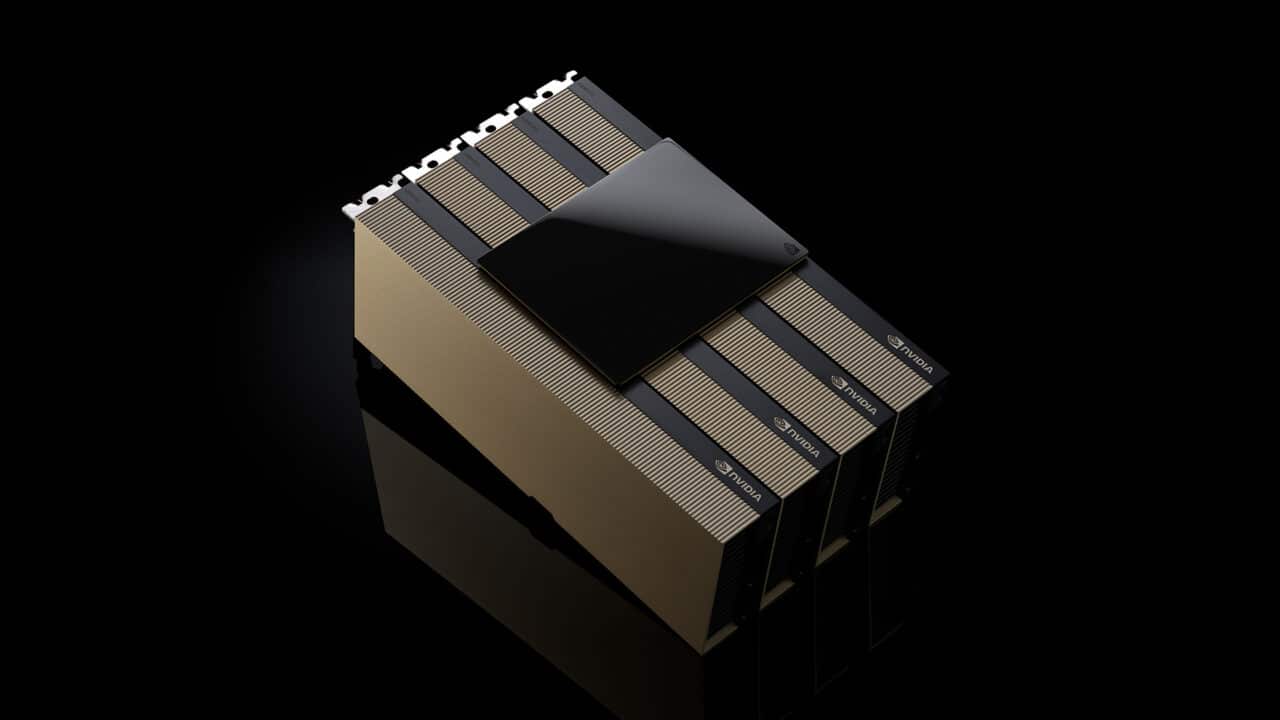NVIDIA continues to lead the transformation of artificial intelligence (AI) and high-performance computing (HPC) with the introduction of its new GPU H200 NVL PCIe, another member of the Hopper architecture. This launch was announced during the Supercomputing 2024 (SC24) conference, highlighting the capabilities of this GPU to enhance performance and energy efficiency in conventional enterprise servers.
A Flexible Solution for Today’s Data Centers
The H200 NVL is specifically designed for organizations that require more efficient and flexible data center infrastructures. According to a recent survey, approximately 70% of enterprise racks have a capacity of 20 kW or less and rely on air cooling systems. The H200 NVL addresses this need with scalable configurations that allow the integration of between one and eight GPUs per rack, maximizing computing power without the need to modify the existing infrastructure.
The new GPU offers significant improvements over its predecessor, the H100 NVL, including a 50% increase in memory and a 20% increase in bandwidthBandwidth refers to the maximum capacity of data transfer…. These features enable companies to fine-tune large language models (LLMs) in a matter of hours and achieve performance that is up to 1.7 times faster in inference. For HPC workloads, the H200 NVL delivers 30% higher performance than the H100 NVL and is 2.5 times more powerful than Ampere generation GPUs.
Revolutionary Performance with NVLink
The NVIDIA NVLink technology complements the capabilities of the H200 NVL by providing GPU-to-GPU communication that is up to 7 times faster than fifth-generation PCIe. This translates into superior performance for HPC applications and tasks related to large language models and AI fine-tuning.
Additionally, the H200 NVL comes with a five-year subscription to NVIDIA AI Enterprise, a cloud-native platform designed for the development and deployment of AI in production. This software includes NVIDIA NIM microservices, ensuring secure and high-performance deployments for AI inference models.
Impact Across Multiple Industries
The H200 NVL is already transforming applications in various fields such as AI visual agents and customer service chatbots, trading algorithms in finance, medical image analysis for anomaly detection in health, pattern recognition in manufacturing, and seismic modeling for scientific institutions.
Companies like Dropbox have highlighted the benefits of this technology in optimizing their services. Ali Zafar, Vice President of Infrastructure at Dropbox, stated: “We are exploring the H200 NVL to continue improving our services and provide more value to our customers.”
Similarly, the University of New Mexico is also adopting the H200 NVL to accelerate research in areas such as bioinformatics, astrophysics, climate modeling, and physics simulations. Professor Patrick Bridges, director of the university’s Advanced Computing Center, commented: “This technology will allow us to be at the forefront of scientific and technological advancements.”
Availability and Global Partners
Manufacturers such as Dell Technologies, Hewlett Packard Enterprise, Lenovo, and Supermicro will launch configurations based on the H200 NVL. Additionally, other brands like ASUS, GIGABYTE, MSI, and QCT will integrate this technology into their platforms.
Starting in December, the H200 NVL will be available in systems from NVIDIA’s global partners. To facilitate its implementation, NVIDIA is developing an Enterprise Reference Architecture that includes optimized hardware and software recommendations, as well as network configurations based on the NVIDIA Spectrum-X Ethernet platform.
The H200 NVL and other NVIDIA technologies are being showcased on the exhibition floor at the SC24 conference, at the Georgia World Congress Center.
Transforming Enterprise Computing
With the H200 NVL, NVIDIA is not only pushing the boundaries of performance in AI and HPC but also providing companies with a scalable and efficient solution that meets the needs of modern data centers, reaffirming its leadership in the technology industry.
via: Nvidia

